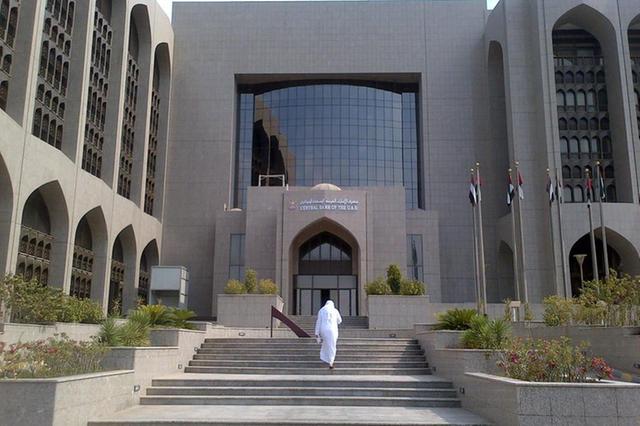Gross assets of banks in the UAE, including bankers’ acceptances, increased by 0.8 per cent to Dh3.322 trillion at the end of December 2021 from Dh3.295 trillion at the end of November 2021, the Central Bank of the UAE (CBUAE), said.
Gross credit increased by 0.3 per cent to Dh1.794 trillion from Dh1.788.3 trillion during the same period due to 0.1 per cent and 2.6 per cent increases in domestic credit and foreign credit, respectively.
The growth in domestic credit was mainly due to increases by 0.7 per cent, 1.7 per cent and 7 per cent in credit to the government sector, public sector (government related entities) and non-banking financial institutions, respectively. Credit to the private sector decreased by 0.5 per cent, CBUAE data shows.
Total bank deposits increased by 1.5 per cent, rising from Dh1.966 trillion at the end of November 2021 to Dh1.996 trillion at the end of December 2021. The rise in total bank deposits was due to increases in both resident deposits and non-resident deposits by 1.6 per cent and 0.6 per cent, respectively. Resident deposits rose due to 8.4 per cent, 2.4 per cent and 5.2 per cent increases in public sector deposits, private sector deposits and non-banking financial institutions deposits, respectively while government sector deposits dropped by 6.6 per cent.
Meanwhile, the money supply aggregate (M1) increased by 2.3 per cent to Dh701.9 billion from Dh686 billion at the end of November 2021, state news agency Wam reported, quoting CBUAE data. The rise in M1 was due to Dh16.6 billion increase in monetary deposits, overriding the Dh0.7 billion reduction in currency in circulation outside banks. M2 increased due to an elevated M1 and Dh30.1 billion increase in quasi-monetary deposits. M3 rose due to increased M1 and M2, overshadowing Dh19.4 billion fall in government deposits.
Money supply refers to the amount of cash or currency circulating in an economy. The money supply roughly includes both cash and deposits that can be used almost as easily as cash. An increase in the supply of money typically lowers interest rates, which in turn, generates more investment and puts more money in the hands of consumers, stimulating spending.
In March 2022, following a decision by the US Federal Reserve Board to increase the interest on reserve balances by 25 basis points, the CBUAE raised the base rate applicable to the overnight deposit facility by 25 basis points. The CBUAE also has decided to maintain the rate applicable to borrowing short-term liquidity through all standing credit facilities at 50 basis points above the base rate.
In July 2020, the CBUAE launched a new deposit facility for UAE-based conventional banks. The overnight deposit facility enables local banks to deposit their surplus liquidity at CBUAE on an overnight basis.
The Money Supply aggregate M2 increased 3.0 per cent during the same period. The Money Supply aggregate M3 also increased by 1.5 per cent — from Dh1.83 trillion at the end of November 2021 to Dh1.856 trillion at the end of December 2021.
The monetary base expanded by 4.8 per cent increasing to Dh483.9 billion from Dh461.7 billion at the end of November 2021. The impetus behind this expansion in the monetary base was an 8.9 per cent and 35.7 per cent increase respectively in the reserve account and banks and OFCs’ current accounts and overnight deposits of banks in the CBUAE.



